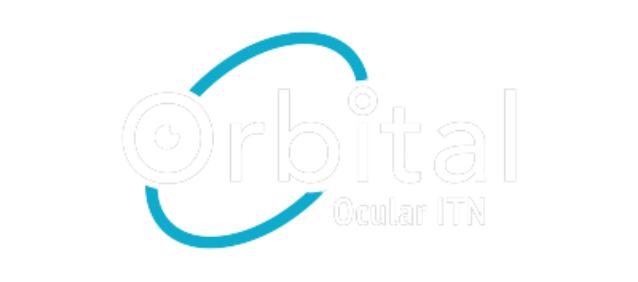ESR 14, Azza Dammak, based in Ocupharm, discusses below how she is using ocular biomarkers to detect and understand the basic biology of ocular diseases like Glaucoma and retinal disease. 
Before treatment, how can we help with the ocular diagnostic?
Knowledge, understanding, making hypotheses, and explanation according to the situation of patients with different parameters…I would say: “the diagnostic is solving a jigsaw puzzle.”
The diagnostic approach is to know how to answer these questions: what is the origin of the disease? how can we observe and evaluate it in the different steps of the pathology and finally, how can we detect it?
One of the diagnosis strategies is to analyze the biomarkers in the body and compare their concentration according to the normal state.
Biomarkers are the molecular signatures of ocular disease states!
A biomarker is anything observed that can be measured as an indicator of normal biological processes, during the development of a disease or as a response to a medicine during the treatment. It can be simple indicator to measure, such as Hight blood glucose for diabetes.
Scientists are trying to explore new pathways to understand the basic biology of diseases and to identify specific biomarkers for disease development.
I think: “Finding biomarkers can be great for determining which pathway is important to target. Even better, combining biomarkers!”
 The major goal of my research is to find a cocktail of biomarkers to help with the diagnosis of age related ocular diseases including Glaucoma and retinal diseases.
The major goal of my research is to find a cocktail of biomarkers to help with the diagnosis of age related ocular diseases including Glaucoma and retinal diseases.
Scientists focusing on biomarkers are facing two major challenges. The first is related to the need for much deeper knowledge of molecular pathophysiology mechanisms and mediators underlying ocular disorders. The second is related to the reduced quantities of these eye-derived fluids that limit the detection of the target proteins.
The solution to these challenges is to maximize the amount of information generated from the analysis of these specimens by combining them, creating the idea to develop a cocktail of biomarkers that can be illustrated in a panel of different molecules. Following this idea, many researchers have employed multiplex immunoassay technologies for profiling the expression or modification of multiple proteins from a single sample.
Identifying relevant biomarkers and analyzing their concentration in different stages, can reveal details about the progression of the pathology, and treatment adjustment.
If you want to know more about the importance of biomarkers in the posterior segment of the eye, please click here: https://pubmed.ncbi.nlm.nih.gov/34575451/
Samples are the work tool!
The easiest way to collect samples during the pandemic is to design the disease on animals and analyze the samples! It is also an opportunity to discover unexpected new areas!
Being a PhD student is also adapting to all situations, being flexible, and creating a balance between being pragmatic and idealist! The pandemic situation was not very helpful for such a project related directly to human samples from aged patients.
Glaucoma Animal Model: In search of the pathology origin…
Gold nanoparticles are one of the most widely used nanostructures in drug delivery applications. What if we can use this property to create the animal model and reproduce the early stage of glaucoma disease by targeting the trabecular Meshwork in rabbits?
Animal models are essential for biological research to progress and evolve. It is an important step in the process. I think it is important to design models, especially in rabbits, to simplify the complexity of the disease in patients and to analyze the mechanism leading to blindness and low vision.
Also, using Zebrafish model of oxidative stress to mimic the early stage of retinal disease is a way to discover relevant biomarker gene expression. That was the topic of my secondment at University College Dublin, under the supervision of Dr. Alison Reynolds.
Cafe time with the teamwork in the faculty of Veterinary at University College Dublin


